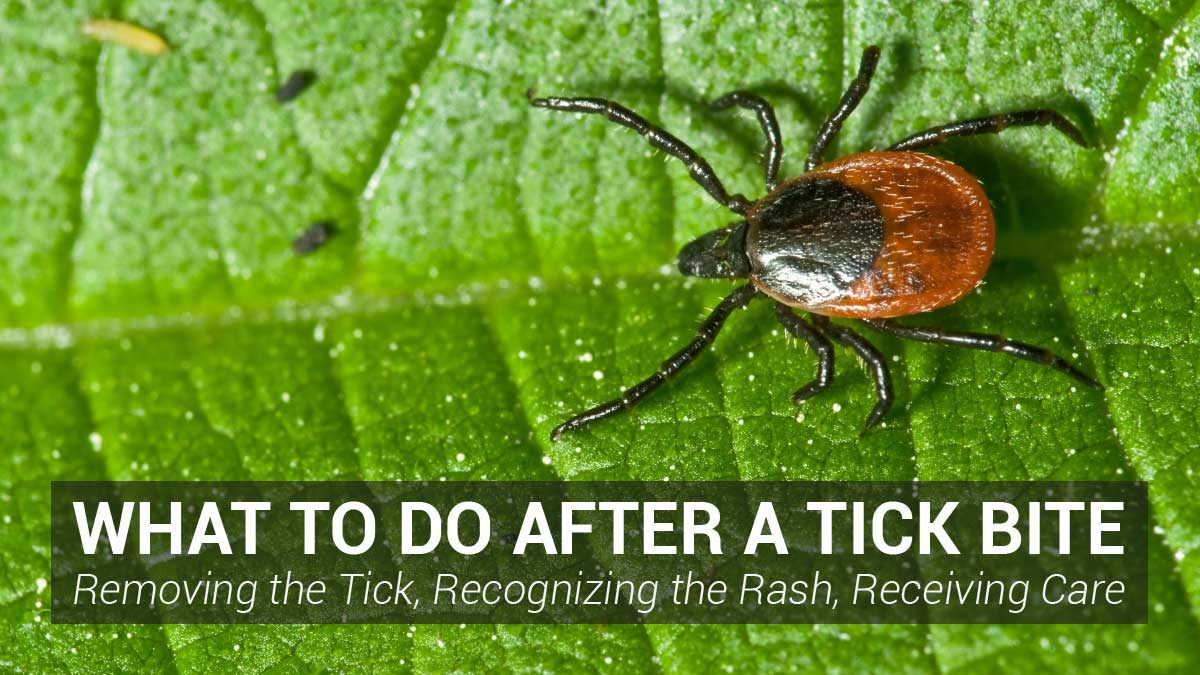

Nearly 10 percent had effects on muscles and nerves of their faces. Over the past several years, about a third of patients with Lyme disease symptoms developed arthritis. Other early symptoms can include chills, fever, headache, fatigue, and joint pain. It usually occurs about 3 to 14 days after the bite. About 68 percent of Lyme disease sufferers experience this red-and-white "bulls-eye". Lyme disease is well-known for causing a rash around the bite. By then, an infected tick may have passed along Lyme disease. Because of that, people may not notice an attached nymph unless it gets much larger from its blood meal. These nymphs are tiny, about the size of a poppy seed. Ticks may brush off onto shrubs and grass, where humans and pets in turn brush against them.ĭeer tick nymphs are the life stage found in the springtime. When deer wander close to homes and play areas, they bring the ticks along. Ticks also attach to larger animals, especially deer. Humans and pets contact ticks when they hike, camp, play, or work in those settings.

Ticks go through a two-year life cycle in moist, woody, leafy areas. While this is happening, the tick increases in size - and introduces the infection into its victim. During this time, the tick is actually feeding, or taking a "blood meal". The infected tick then must bite its victim and stay attached for more than 36 hours.This happens when the tick bites an infected animal such as a small rodent, bird, or other mammal. The tick itself must be infected with a bacterium called Borrelia burgdorferi.(The Latin name is Ixodes scapularis.) To cause disease in humans or companion animals, two things are needed: Lyme disease is an infection caused by black-legged ticks, sometimes called deer ticks. The ticks that cause Lyme disease become active in the springtime. Most cases were in the Northeast and Midwest states. developed Lyme disease, according to the Centers for Disease Control and Prevention (CDC). In 2012, more than 22,000 people in the U.S.


 0 kommentar(er)
0 kommentar(er)
